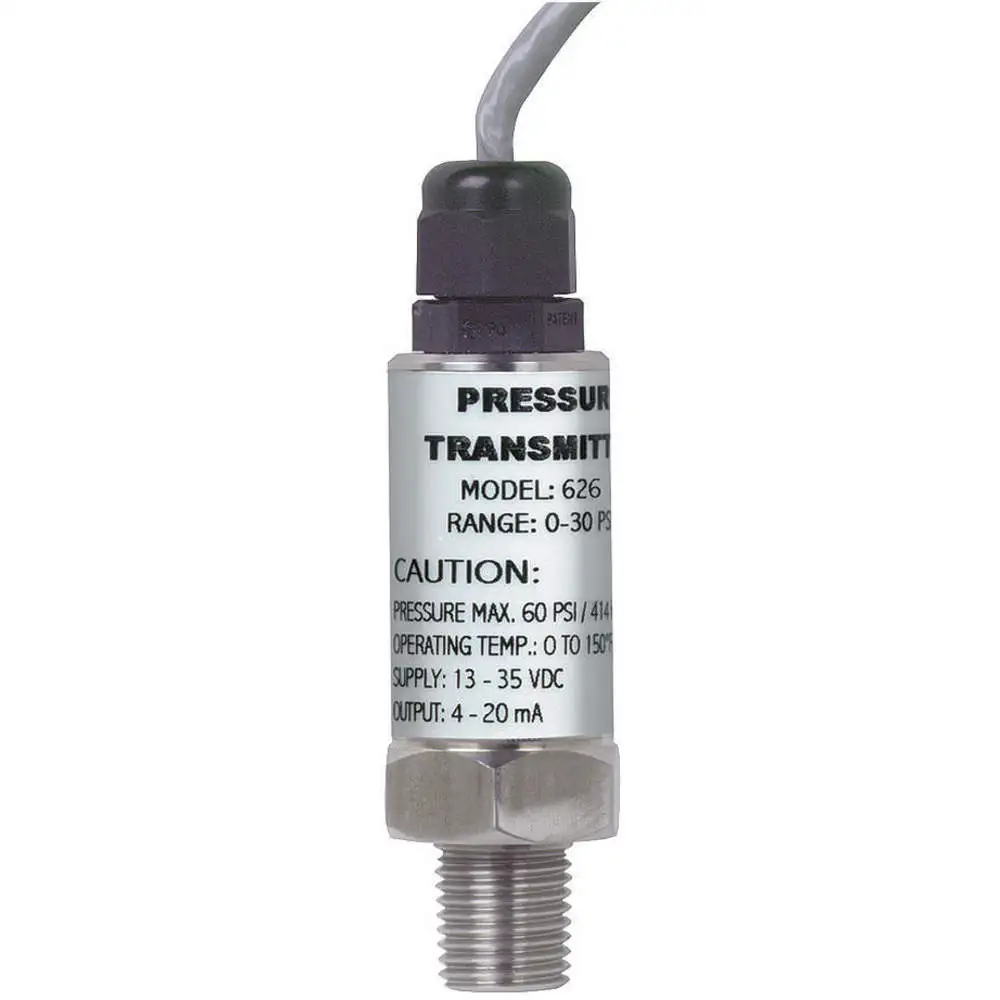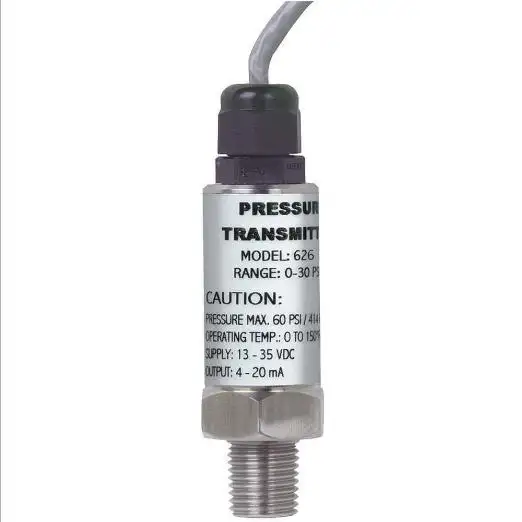Features
- They are integrated with an optional LCD indicator to display the local status and identify the operational conditions.
- These Dwyer pressure transducers feature a zero-reset push button for easy calibration and reducing installation downtime.
- Dwyer DPG-200 Series digital pressure gauges feature aluminium case to exceed NEMA 4X (IP66) qualifications and can withstand the use of harsh or outdoor environments. These Dwyer pressure gauges are equipped with 4 digit LCD with a backlight for operating them and getting readings in low-light conditions. They can be operated at temperatures ranging from 32 to 158 degrees F. These Dwyer pressure gauges are ideal for measuring the pressures of liquids and non-combustible gases.
- The brand's 626 Series industrial pressure transmitters feature cast aluminium / stainless steel enclosure for meeting NEMA 4X (IP66) ratings to protect in harsh environments for permitting outdoor monitoring or in areas where dust and particulate exist. They can be operated at temperatures ranging from 0 to 200 degrees F. These Dwyer pressure transmitters are equipped with piezo-resistive sensors for accuracy of 0.25% full-scale accuracy.
Working Mechanism
Pressure transducers typically use a sensing element, such as a diaphragm or a piezoelectric material, that deforms in response to applied pressure. This deformation generates an electrical signal proportional to the pressure being measured. The electrical signal is then conditioned and amplified to provide an output that represents the pressure reading. Pressure transducers can utilize various sensing technologies, including strain gauges, capacitive, or piezoresistive elements, to accurately measure the pressure.
Vacuum transducers work similarly to pressure transducers but are specifically designed to measure negative pressure or vacuum levels. They can use similar sensing elements and technologies as pressure transducers but are calibrated to accurately measure and interpret vacuum levels. The sensing element responds to the decrease in pressure, generating an electrical signal that is converted into an output proportional to the vacuum level.
 £ GBPChange Country
£ GBPChange Country


